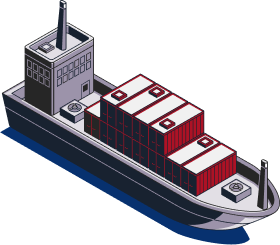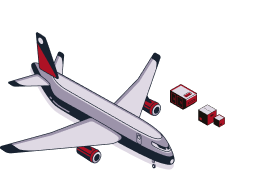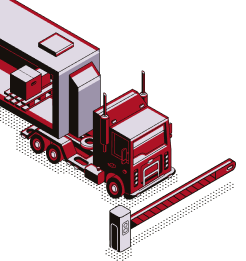Clear Your U.S. Imports with Peace of Mind
We simplify customs procedures to ensure your goods enter the United States smoothly, without costly delays or hidden fees. With years of experience and thousands of shipments cleared, DocShipper U.S. is your trusted partner for compliant, efficient, and stress-free customs clearance.
Customs Clearance in the U.S:
A Critical Step in Your Supply Chain
Duties, tariffs, import licenses, customs bonds… clearing U.S. Customs and Border Protection (CBP) can quickly become a challenge. A missing document or wrong declaration can hold your cargo for days and result in expensive penalties.
With DocShipper U.S., you benefit from an end-to-end service covering every step of the clearance process:
- Guidance on import permits and customs bonds.
- Accurate calculation and management of duties and taxes.
- Preparation and submission of all required documents.
- Direct coordination with CBP and customs brokers to prevent bottlenecks.

Local and Global Presence
A strong local presence in the United States makes all the difference in customs clearance. Our team knows CBP requirements inside and out, including special authorizations for restricted or regulated goods. Combined with our global network of licensed customs brokers, we manage compliance seamlessly across borders, whether your shipments arrive by sea, air, or land.
Cost Reduction and Customs Risk Management
Anticipating charges and managing compliance risks are often the hardest parts of U.S. customs clearance. With DocShipper, you gain full transparency on tariffs and fees, so there are no surprises. We also help you leverage Free Trade Agreements such as USMCA (United States–Mexico–Canada Agreement) to reduce or eliminate duties when possible.

Full Assistance with All Your Formalities
Don’t have the time or resources to manage customs paperwork? We handle everything for you:
- Commercial Invoice
- Customs Entry (CBP Form 3461) and Entry Summary (CBP Form 7501)
- Bill of Lading / Air Waybill
- Packing List
- Certificate of Origin (for FTA benefits)
- Importer Security Filing (ISF) for ocean freight
- Hazardous Materials Declaration (if applicable)
We also anticipate potential problems, like missing certificates or incorrect HTS codes, to prevent costly delays.
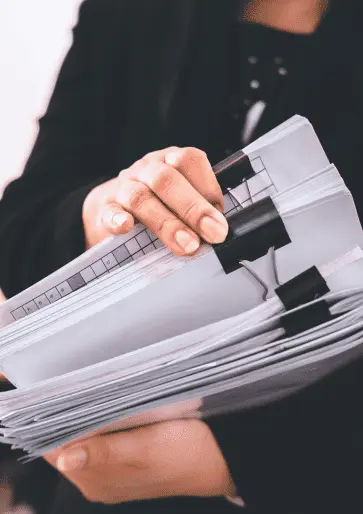
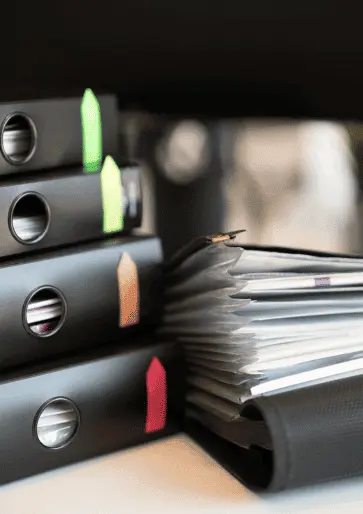
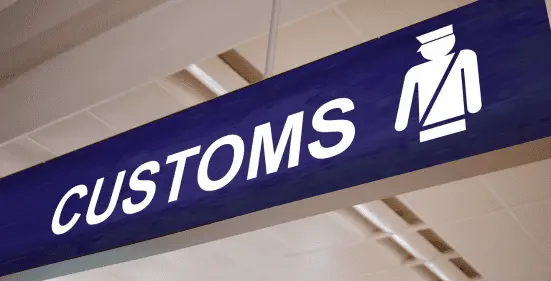

No Surprises,
No Delays
In the U.S., even a minor mistake, like an incorrect HS code or undervalued shipment, can cause lengthy inspections and penalties. At DocShipper U.S., we identify risks early and verify every detail before submission. This proactive approach ensures your cargo clears quickly, avoids unnecessary costs, and keeps your supply chain reliable.
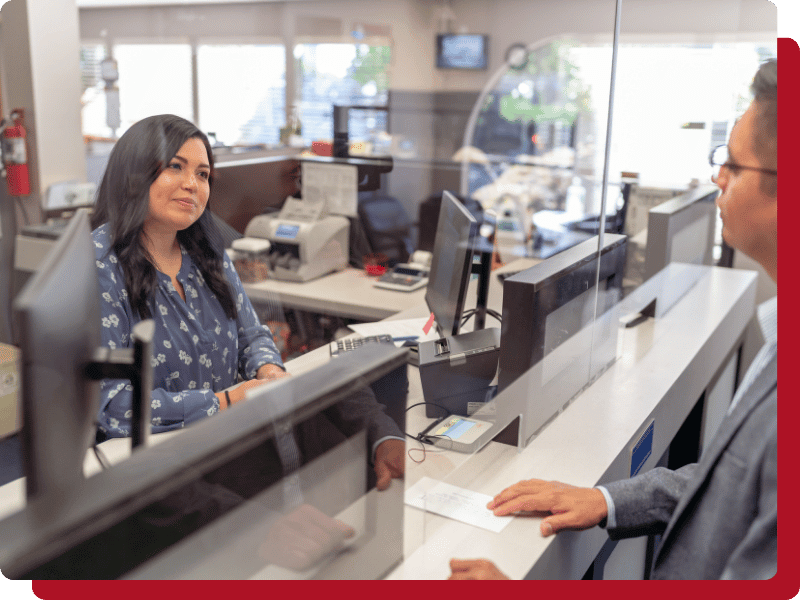
Avoid Customs Overcharges with Optimized Management
Every shipment has unique customs requirements. Our brokerage services analyze your case and implement tailored clearance strategies so you never overpay duties. For example:
- Shipments under $800 may qualify for duty-free clearance under Section 321 de minimis exemption.
- Certain raw materials, machinery, and medical products benefit from reduced tariffs or exclusions.
- Imports under USMCA rules often qualify for zero duties when accompanied by the correct Certificate of Origin.
- Using Foreign Trade Zones (FTZs) in th
Need help clearing your goods through U.S. Customs?
Our experts reduce risks, save you time, and ensure your cargo moves without stress.
The Steps of your Customs Clearance
Every shipment is unique, but these are the key stages of our door-to-door customs clearance service in the U.S. Our experts handle each step with precision for smooth, compliant, and cost-effective clearance.
We review all documents, commercial invoice, packing list, bill of lading/air waybill, certificate of origin, and any special permits. We also file ISF (for ocean freight) and ensure import bonds are in place.
Correct HTS classification is crucial to avoid fines or shipment delays. Our team assigns the right codes for your products, ensuring accurate duty calculation.
CBP calculates duties and taxes based on the customs value (transaction value + freight + insurance). With our expertise in trade agreements, we help reduce or eliminate these charges wherever possible.
Some goods are subject to inspection for labeling, safety, FDA/USDA compliance, or hazardous materials requirements. We coordinate directly with officers to minimize disruption.
We manage the full payment process to CBP, ensuring all fees are correctly processed so your cargo can be released without delays.
Once validated, your shipment is cleared. We then arrange onward transport to your warehouse, distribution center, or customer.
Our service includes a post-clearance review to ensure full compliance and to reduce the risk of penalties for future shipments.
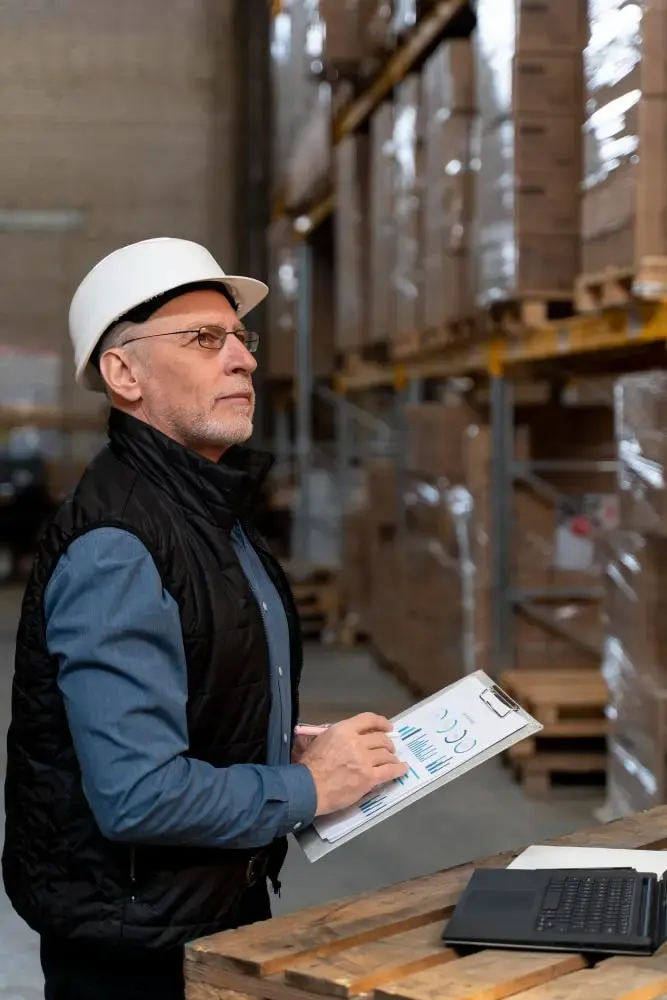
Our Achievements
6100 +
Clients9200 +
Operations230 +
K CBM Chartered4.8 +
Customer Satisfaction4 more reasons
to choose us
No Hidden Fees
We provide transparent quotes from the outset, no surprise charges.
Presence in All Ports and Airports
From Los Angeles to New York, Houston to Miami, we manage clearances at every major U.S. gateway.
Strong Relationships with Customs Authorities
Our established connections with CBP and customs brokers speed up clearance and minimize risk.
A Single Point of Contact
A dedicated expert follows your file from start to finish, ensuring personalized support and clear communication.
Clients Testimonials
We can't make this up, read why businesses are trusting us with their shipments every day.
I contacted DocShipper to organize the import of board games from Asia to Switzerland. Despite my lack of experience in the field and the modest size of my request, my dealings with the staff were always professional and efficient. I received sound advice and the staff always took the time to answer my questions. I look forward to working with DocShipper for the import of my goods and highly recommend their services.

Mavrik Grangier
December 10, 2024
My name is Ad Van Den Bosh. I am a Dutch business man cross-trading in the Far East. I reached Robert Houwayek (DocShipper's representative) to clear a 40HC of greenhouse equipment from Qingdao, and deliver it to Lan Krabue in no time. He suggested that I request a Form E, which I did from the supplier, and was able to enjoy a preferential tariff treatment. DocShipper, a way to help you save both time and money!!

Ad van den Bosch
March 5, 2024
I recently used Docshipper to ship my appliances from Germany to Thailand, and I'm thrilled with the service I received! [...]The team was professional, responsive, and kept me informed every step of the way. The packaging and handling of my appliances were top-notch, and they arrived in perfect condition. I was impressed with the attention to detail and care taken to ensure a safe and successful transport. I really recommend Docshipper for it.

Chemmie Chatuphorn
November 28, 2024
In the event of goods being stuck at customs, Robert [...] is a customs broker you should arguably consider to release your cargo. Once I knew that my scale modeling tools coming from Spain are being withheld at Suvarnabhumi Airport, I resorted to him to release it and handle the last mile delivery. All what he asked me is to send 2 emails to be able to do it! [...] Well guess what, within 48 hours, it was done! I got my parcel at my place in Phuket.

Chan chan
Mar 5, 2024
A vice president caught up in the thick of thin things, an EXW shipment of plumbing supplies for irrigation from Eureka California to Costa Rica is definitely not what I’d like to have on my agenda. Robert’s hang-in-there posture toward any arising challenges in shipping. [...] skillfully handled all US export formalities incl. SED/AES filing, not to mention the sea freight from Oakland POL. Everything ended up working out like a charm!

Dave Sheppard
July 10, 2024
I feel they covered everything. DocShipper shipped a 20- ft Milvan overseas to Laem Chabang for a customer. The team was responsible for shipping the shipping to another country. Having very little knowledge in this area, I didn't know how to organise myself . One week after my arrival on the Asian continent. Marc O. Was available at all times and nearly instant feedback. Made a stressful event much easier and he definitely knows his job.

Anonymous, Indiana
Aug 9, 2023
FAQ – Customs
Clearance in the U.S./span>
Ask Questions. Get clear answer.
Not sure if it’s the right solution or have doubts in mind? No problem—just ask us. We’ll guide you honestly, no commitment required.








